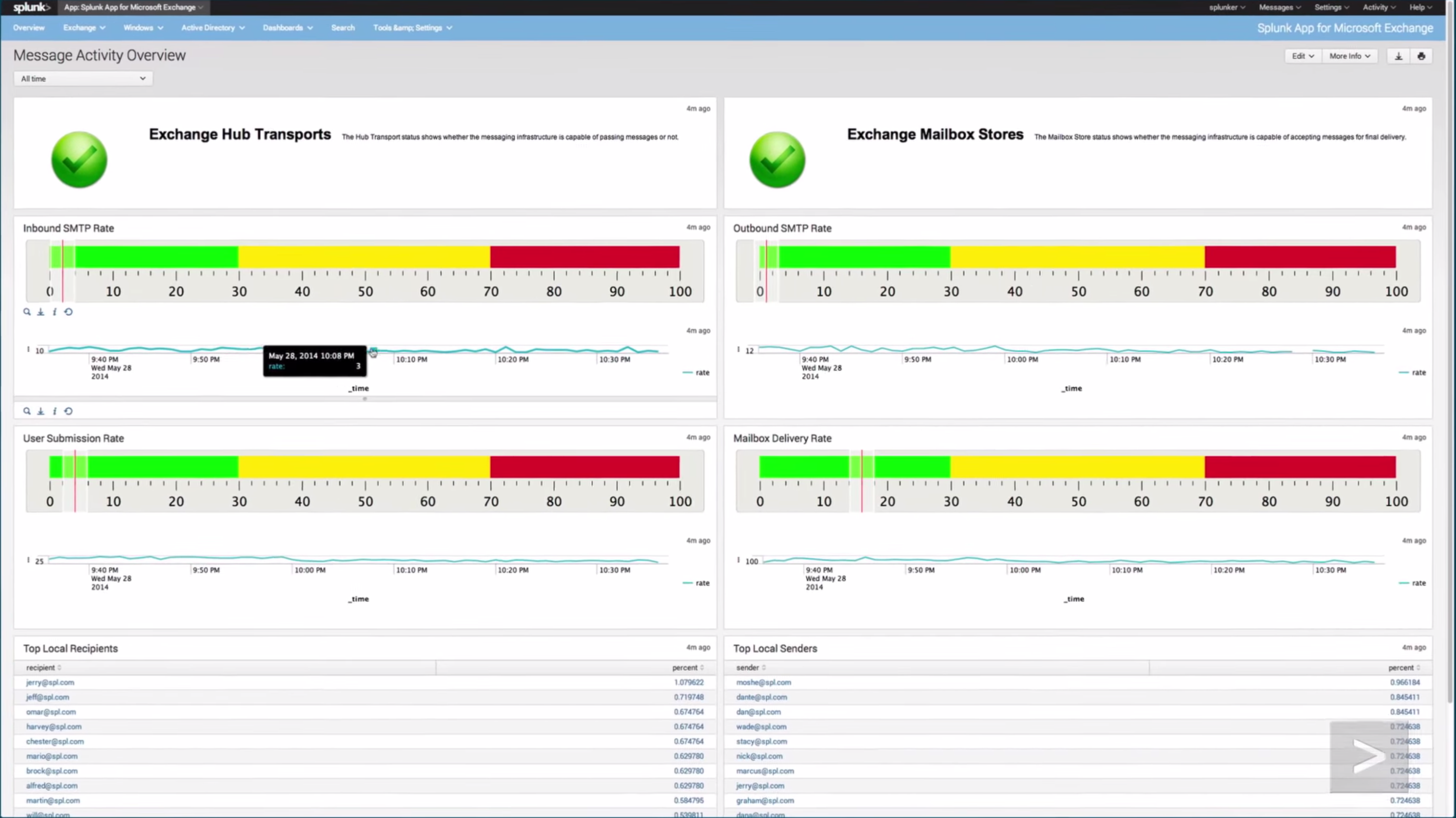

It extends Splunk’s Machine Learning Toolkit with prebuilt Docker containers for TensorFlow 2.0, PyTorch and a collection of NLP libraries. Integrate with advanced custom machine learning systems using the Deep Learning Toolkit for Splunk (). *Smart Forecasting Assistant (provides enhanced time-series analysis for users with little to no SPL knowledge and leverages the StateSpaceForecasting algorithm): e.g. Smart Assistants (new assistants with revamped UI and better ml pipeline/experiment management): forecast data center growth and capacity planning.

detect outliers in diabetes patient records. * Detect Categorical Outliers (probabilistic measures): e.g. * Detect Numeric Outliers (distribution statistics): e.g. * Predict Categorical Fields (Logistic Regression): e.g. * Predict Numeric Fields (Linear Regression): e.g. You can inspect the assistant panels and underlying code to see how it all works. They were extremely helpful in helping our organization develop procedures and scaling our environment for expansion with our existing infrastructure.The Splunk Machine Learning Toolkit App delivers new SPL commands, custom visualizations, assistants, and examples to explore a variety of ml concepts.Įach assistant includes end-to-end examples with datasets, plus the ability to apply the visualizations and SPL commands to your own data. Sales/Technical Reps are top notch in fielding questions and evaluating environment for deployment. Customization: You can create your own queries of logs, and event-based alerts. There are also specific modules/add-ons for popular applications to provide more value and event-based monitoring, all without having to develop in-house dashboards and intelligence of those logs. POWERFUL tools: The user interface lends itself to learning more about your organization from the logs you collect, through metrics of trends of the logs being gathered. Configuration design: Thoughtful and mature documentation and design of the application regarding enterprise-class scaling on network storage. And those instances can have their own individual storage policies to optimize consumption of storage resources. Segmentation of logs: You can create separate instances of of logs to aggregate, based on organization needs. It's also very easy to deploy, not just flexible. Deployment flexibility: client agents are available to use, or clientless configurations for multiple OS platforms. No development work required to deploy and provide value. Free to use for small 500MB or less daily ingress, quite nice for small use cases and learning


 0 kommentar(er)
0 kommentar(er)
